It seems like Social Emotional Learning (SEL) became the IT word for many schools as a result of the pandemic. But, the good news is that you and I, my profe friend, have been implementing SEL strategies for the longest, we just weren’t calling it that.
In fact, I have seen many World Language teachers and teacher authors share beautiful activities. They promote SEL in our classrooms, even in pre-pandemic times. So boldly I will say that WL teachers have been rocking SEL strategies for a while now.
Technology will come and go, but our ability to relate and build strong relationships with our students is one of our greatest treasures as educators.
Social Emotional Learning: The What and the Why
This blog post doesn’t intend to answer these two questions. I have another blog post coming where I will be addressing that soon.
I will not be defining SEL in this particular blog post nor will I be going over the research, which is plentiful and it is there at the Collaborative for Academic, Social, and Emotional Learning (CASEL) website.
SEL strategies did not fully come together for me until I took a deep dive into CASEL’s website, so I want to invite you to check it out.
It will absolutely empower your journey!
In the meantime, here are some of the things my students have said as a result of daily SEL strategies in our Spanish classes.

SEL strategies Work!!!
Numbers back SEL by far, but I want to briefly point you to my experience as a student.
As an undocumented teenager, I must say that the SEL implementation by my ESL & ELA teachers saved me from becoming another negative statistic. For this reason, I whole heartedly believe in its profound impact.
I will try to write a more specific blog post about this in case you are wondering about examples of how my teachers did this daily. In the meantime, you can check out my Creating a Safe Space to See & Support Heritage Speakers & Undocumented Students
You Too Can Embed SEL strategies into Your Daily Lessons!
If you are wondering how you can do this too without thinking about it as another thing to do, I want to invite you to think about your routines. This is, perhaps, one of the easiest ways to intentionally create the space for SEL in Spanish class.
Here are some examples to name a few:
1. Change your DO NOW to an SEL Check! You don’t have to leave the target language in order to do this. The cherry on the top is that your students will genuinely acquire the language in the process.
You too can get my free SEL checks here, and you can visit my Tpt store to see many other ready to use SEL activities and resources for Spanish class
2. Combine the use of classroom passwords with words of affirmation! I must give credit to where it is due. I learned almost everything about using classroom passwords from Bryce Hedstrom at one of the best conferences ever for WL teachers…IFLT!
Bryce has a book that you can get all about using classroom passwords in your WL classroom! You can get it here!
To intentionally embed SEL strategies, I decided to change my regular classroom passwords to positive affirmations.
These serve me in my daily life, so they are good reminders for myself. But I KNOW these bring light to my students. We never know who we are impacting inside our classrooms.
If some of my students may not get to hear these from others, I want them to hear them from me and others in my class.
A plus to having these affirmations as a weekly password is that they will learn all types of YO conjugations, but that is not the point of implementing classroom passwords nor SEL. It is just the icing on the cake if you are a grammar lover like me who teaches with acquisition driven instruction.
Here is how I introduce the passwords to my learners every Friday. (Can’t thank Bryce enough for sharing how he established his passwords with his students at IFLT in 2018):
Here is what it looks like as they enter the class.
Please keep in mind that these videos were recorded before the COVID pandemic.
3. Provide many opportunities for students to self assess – I particularly love this example by Megan Budke. Check out her 2020 NFLC presentation on the topic of feedback for learners using the GLOW & GROW model!
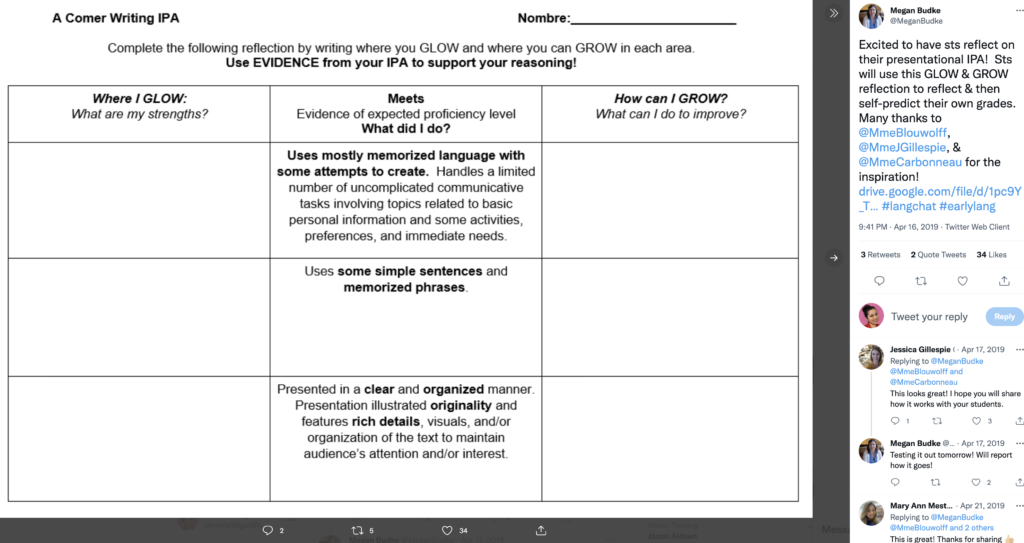
Also, remember that we don’t have to have a unit or chapter test for students to be given the opportunity to engage in reflective self assessment. Students can always self assess their actions, their contributions to the class, etc.
For this reason, I created many recyclable & reflective exit tickets to give my learners the opportunity to be in the front seat of their learning journey.
Reflection is also a powerful life skill that can only improve throughout our lifetime.
Want to know more?
Make sure to get my SEL freebies so that you can subscribe to my mailing list. I will be hosting a free SEL session very soon. Be the first to know!
If you are already subscribed to my newsletter, you already know I got you!

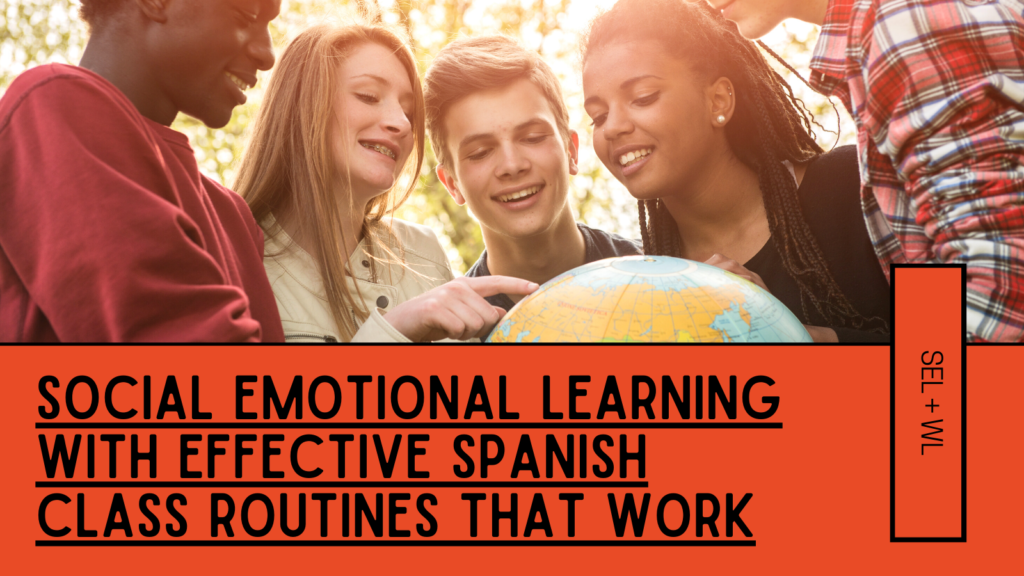
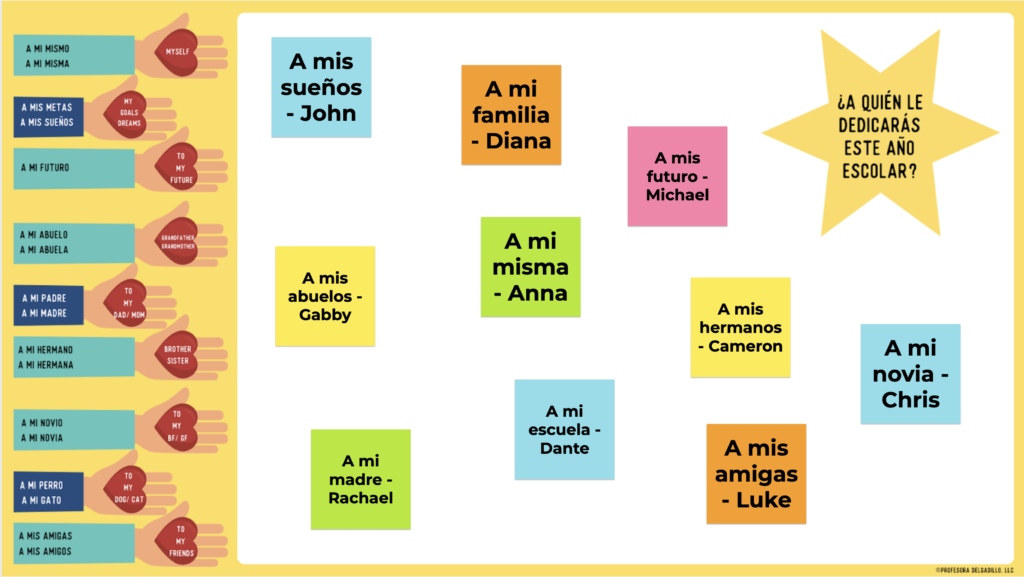
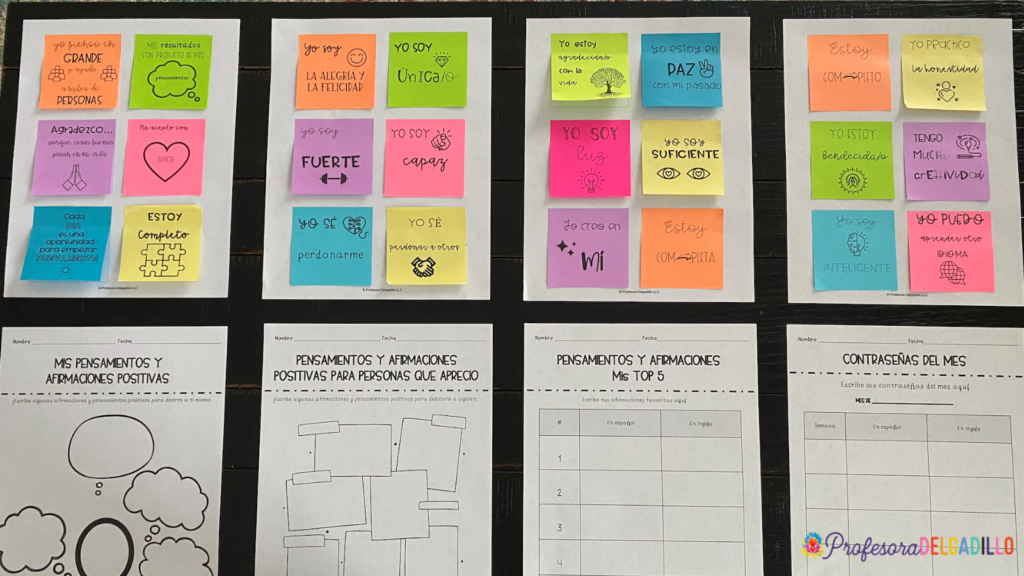
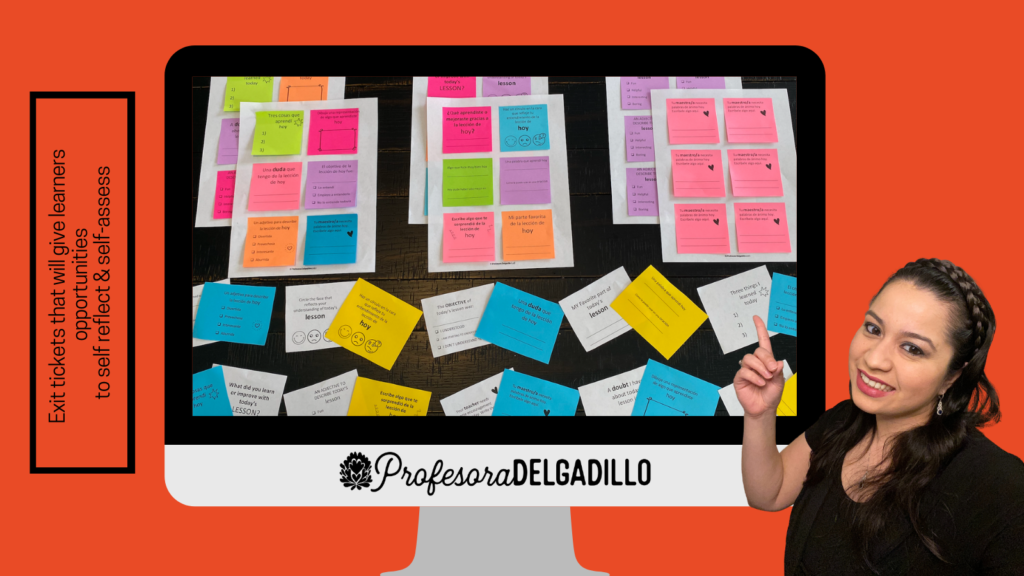
Hello, I am a Spanish teacher 1st year, but 9 years teaching all grades and subjects. My school does not have a curriculum and I am tasked with making Spanish fun for a group of kids who have not taken Spanish seriously before and could care less. I appreciate any future sessions, webinars, seminars, videos, or whatever that can help give me ideas on how to make it engaging and fun for them to learn Spanish. I appreciate your help.
Nadia